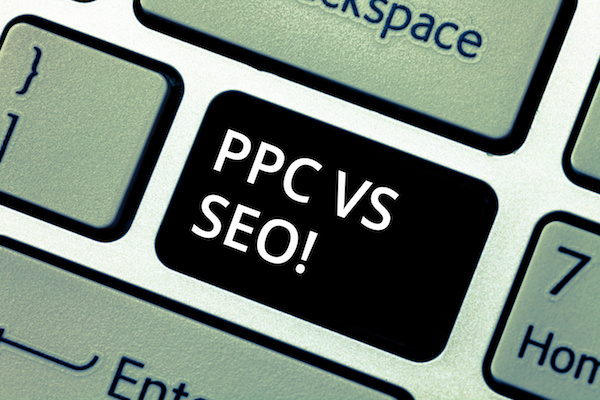Not so long ago, online real estate marketing was a nice-to-have asset for real estate professionals. However, times have changed and businesses that don’t invest in their digital portfolios risk falling behind their competitors. As technology continues to govern our lives, our reliance on it will only continue to grow. Thus, the best way to ensure that your leads continue to grow alongside your company is to work with a digital marketing agency that understands how important clicks can be.
Take advantage of geo-fencing
What’s geo-fencing you ask? It’s a virtual perimeter for a real-world geographic area. This location-based technology allows business owners, in this case, real estate agents and/or companies, to hone in on a target audience based on location. Since a huge majority of prospective home sellers and buyers use their mobile phones to search for real estate, “geo-fencing” is an effective way to deliver relevant messages to the right people. How your campaign works are by precisely targeting a radius around a specific location, which makes it easy for smartphone audiences to find you based on that defined region. The region could be a small neighbourhood or an entire city, and you can also specify types of real estate such as apartments, single-family homes, and office spaces.
Build out your SEO strategy
While this digital marketing service is best used in a wide variety of industries, real estate marketing greatly benefits from an effective search engine optimization (SEO) strategy. That said, because location is such a key factor in selling something like real estate, local SEO is important when formulating your business goals. For example, it’s essential to rank for local search terms like “best real estate agent” and “homes for sale near me” as these are common phrases that clients type in search consoles to find their ideal agent and/or open houses.
Here are some other ways to utilize SEO in your real estate marketing:
- Create and optimize a Google Business Profile
- Regularly write and publish content through that profile
- Build backlinks from professional and general directories
- Gain reviews on Google, Facebook, and Yelp
Social media harnesses huge power
When it comes to online selling, social media platforms are a goldmine, especially for those looking to generate real estate leads. This is because many active homebuyers are from the generational group who regularly use social media. So, by leveraging the power of popular channels, your real estate marketing can easily reach the audience that currently dominates the market.
Below are some ways we suggest;
- Research relevant hashtags and use them to optimize your social content
- Use your accounts to educate buyers
- Chat with your followers and answer their comments
- Promote amenities and neighbourhoods, not just the house
- Share your real estate success stories
- Consider utilizing video as part of your social strategy
Real estate marketing is rapidly growing, how are you going to remain relevant in a heavily saturated industry? Drop a comment below to let us know.
Alex Wilks has been working as a copywriter and digital marketing strategist since 2018, with added specialties in social media and email marketing. With a Bachelor’s Degree in Journalism and Communication, she is a natural content writer with the ability to connect well with her target audience.



















